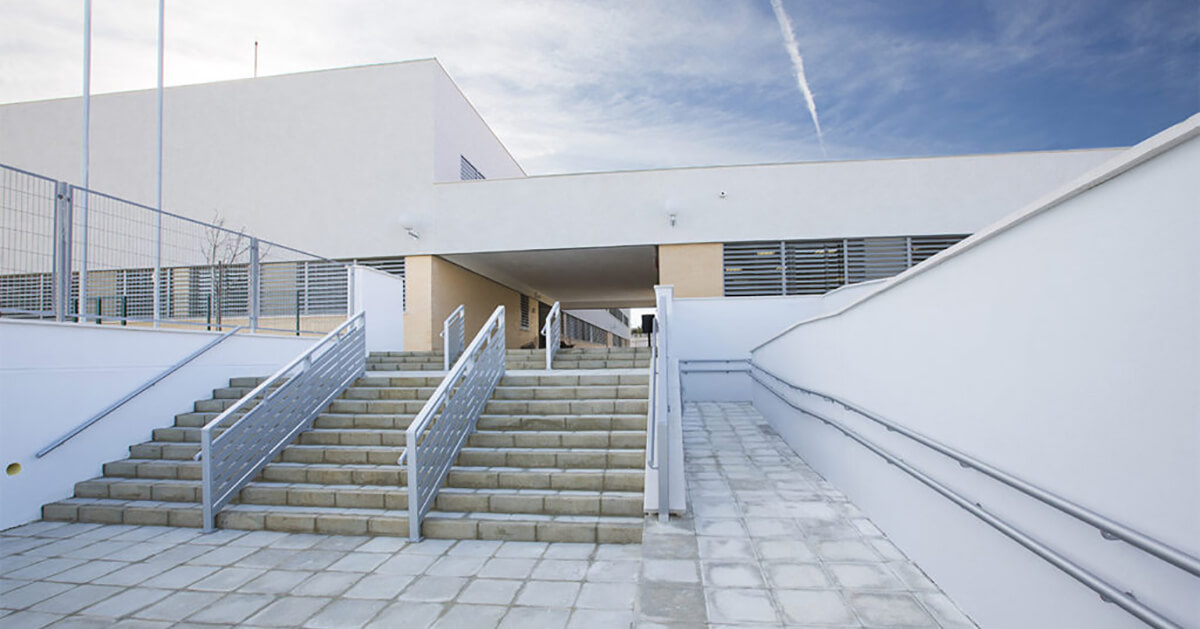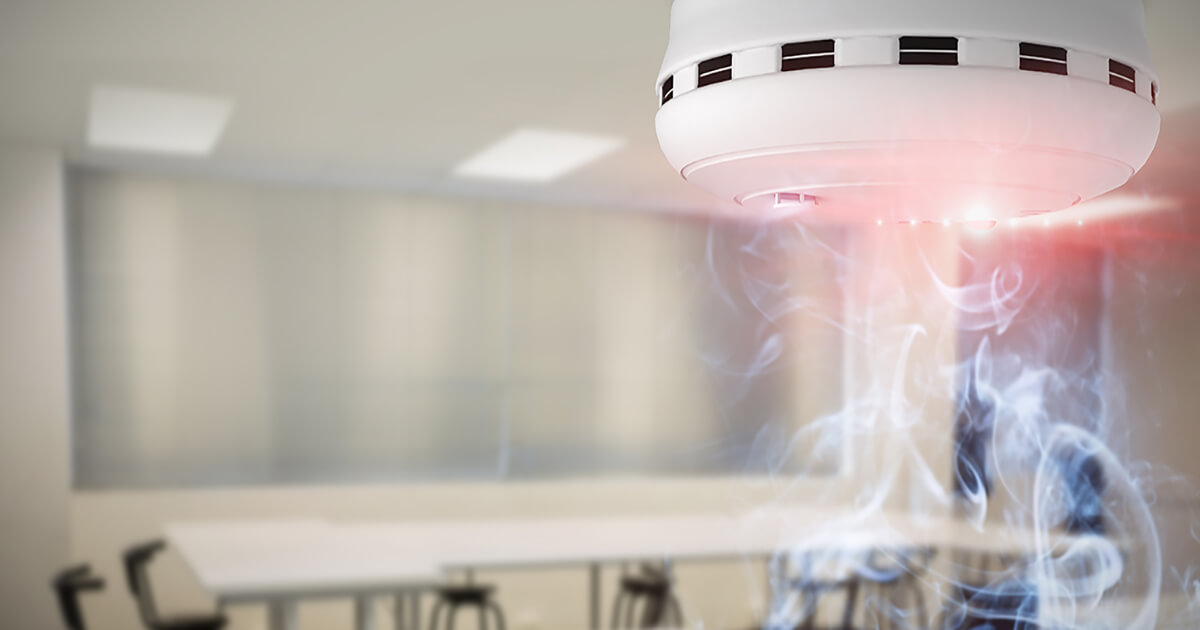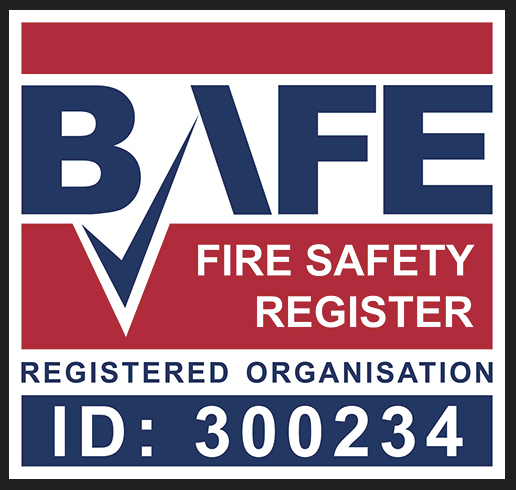Industry Articles

Emergency Lighting For Schools
Despite the fact that schools are considered to only be a ‘day time’ premises, all non-domestic buildings require an emergency lighting system no matter their hours of opening.
Schools are constant hubs of activity from early in the morning and throughout the rest of the day. Given the quantity and variety of individuals present on educational premises, emergency lighting needs to be readily available and working to support and ensure the safety of everyone.
Find out in this guide what you need to consider when it comes to emergency lighting for schools.
Why emergency lighting is important in schools
There are almost 9,000,000 students currently in primary and secondary education in England. In state-funded schools respectively there are almost 500,000 teachers in full-time and part-time employment. With close to 10,000,000 individuals on school sites daily across the country, keeping high volumes of people safe during an emergency is vital to welfare.
As well as protecting the lives of staff and pupils in an emergency, the provision of adequate lighting in schools is also a statutory requirement under The Regulatory Reform (Fire Safety) Order 2005.
In terms of regulations, all design aspects of a school from classroom interiors to escape routes should have been built to meet standards outlined in The Building Regulations 2000.
With a high volume of individuals on-site during an average school day, the provision of suitable and clear emergency lighting and signage is one of the only ways to ensure staff and pupils are given the best opportunity to make a safe exit during an emergency.
Common problems with school emergency lighting
As emergency lighting is a very important feature of safe school design and practice, it’s important to keep it maintained to a high standard to make sure it’s always working when it’s supposed to.
In order to be sure that your emergency lighting is working properly, testing should be performed monthly. Standard BS EN 50172:2004 describes the testing of emergency lighting units.
These standards also outline that the occupier/owner of the premises shall appoint a competent person to supervise servicing of the system. This person shall be given sufficient authority to ensure the carrying out of any work necessary to maintain the system in the correct operation.
Keeping on top of monthly checks on a busy site when there are a hundred other things to manage, as well as having to deal with any inevitable maintenance work, is one of the reasons to choose a competent fire protection service that can perform routine checks on a regular basis.
Keeping up with the routine testing is an ongoing challenge and with so many areas in a school, the emergency lights are often dependent on the area e.g. high task area laboratories and general lighting for common rooms.
Dorset Fire Protection has experience in all forms of emergency lighting and can keep a written record on all tests and maintenance performed should you need to hand it over to a suitable authority as evidence of compliance.
Tips and advice on installing emergency lighting in schools
Most schools will already have existing emergency lighting installed, but what a lot of people aren’t aware of is the lifespan of battery-operated emergency lighting. Batteries for emergency luminaires typically only last 4 years, so there is always a lot of planned, preventative maintenance to carry out when it comes to changing them.
As part of our assessment services, we advise that our clients upgrade to LED emergency lights during remedial works periods. This is because LED luminaires give a superior illumination and have a lower power demand which can save energy, time and cost for educational facilities in the long run and the luminance output provides suitable and sufficient light coverage.
At Dorset Fire Protection, we know that a big change like that can be intimidating. On previous jobs when we have retro-fitted emergency lighting, we broke down the cost and work over a number of phases to make it more manageable for the client and performed work during the holidays for minimal disturbance. This allowed us to deliver the cost how our customer wanted it.
Keeping on top of the planned, preventative maintenance is one of the biggest tips because it prevents work (and costs) all being delivered at once. We work around you to make it as least disruptive as possible because we understand that funds and time management are key aspects of properly running an educational facility.
If you’re currently looking to install completely new emergency lighting into your school building, check out our Emergency Lighting Guide for everything you need to know about emergency lighting positioning and types.

Recent Installation Of Emergency Lighting
At Dorset Fire Protection, we’re focused on finding solutions that meet our client’s needs. That’s why when it came to the retro-fit at a local secondary school, we knew we had to work around the busy school terms to prevent disruption to facility and pupils.
Here’s what the site manager had to say…
“We had to have a lot of new emergency lights fitted following a Fire Risk Assessment. Dorset Fire Protection helped us work out a plan to do the job in phases that suited our daily rhythms of school activities. DFP was great from the start and modified the plan when we made changes and it all went smoothly so we got what was required with the minimum of fuss.”
Require School Fire Safety Services?
Do you need a fire risk assessment or help with your emergency lighting? Contact us today on 0330 7000 555 or email [email protected]
This article was written by Gary Askew, Managing Director of Dorset Fire Protection.
He has over 20 years of experience of supplying fire prevention measures and finding premium solutions.







